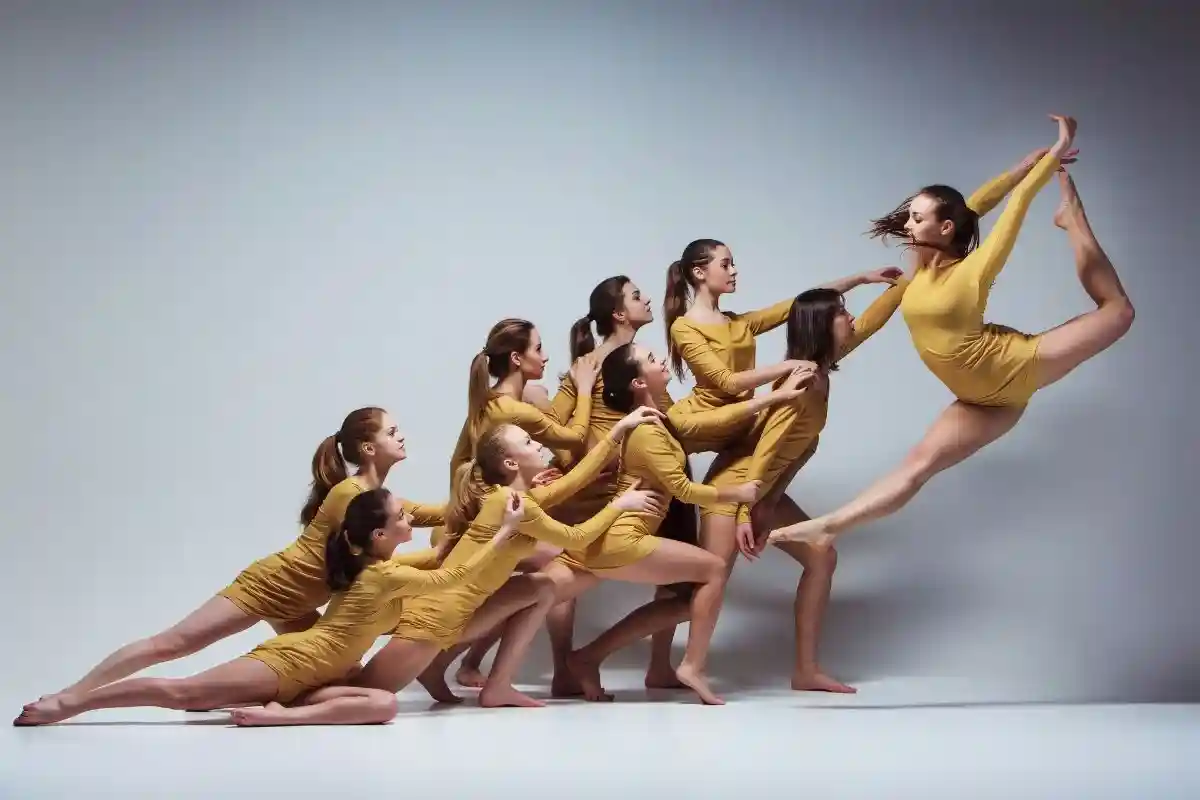In today’s digital landscape, where information is constantly bombarding us, the need for engaging and effective educational content has never been more critical. Animation has emerged as a powerful medium for creating educational materials that captivate audiences of all ages and backgrounds.
Whether it’s used in classrooms, online courses, or corporate training programs, animation offers a unique and impactful way to convey complex concepts in a visually appealing and easy-to-understand manner.
1. Animator
Among the top career paths in the animation industry is that of an animator. Animators are the creative minds behind bringing characters and scenes to life through movement and expression. They work across various sectors, including film, television, advertising, and video game production.
A successful animator possesses a strong foundation in traditional art skills and proficiency in digital animation software like Adobe After Effects or Toon Boom Harmony.
2. Motion Graphics Designer
Motion graphics designers specialize in creating animated graphics and visual effects for a wide range of media platforms such as videos, websites, and presentations. By blending text, images, and animations, they deliver information dynamically and engagingly.
This role requires expertise in software applications like Adobe Illustrator, Photoshop, and Premiere Pro, along with a keen eye for design and composition.
3. Storyboard Artist
Storyboard artists play a crucial role in the early stages of animation projects. They transform scripts and concepts into visual sequences of drawings that outline the key events and shots in a film or animation.
Strong storytelling skills, a deep understanding of visual composition, and effective collaboration with directors and animators are essential qualities for storyboard artists.
4. Character Designer
Character designers are responsible for crafting the visual appearance of characters in animated projects. They develop concept art that defines the look, personality, and style of characters, ensuring they align with the overall aesthetic of the project.
A keen understanding of anatomy, gesture, and expression is crucial for character designers to adapt their style to suit various genres and storytelling formats.
5. Background Artist
Background artists specialize in creating the environments and settings that serve as the backdrop for animated stories. By designing and painting backgrounds, they establish the mood, atmosphere, and visual style of the animation.
Attention to detail, a strong grasp of color theory, and perspective are key skills for background artists to create immersive and believable worlds that enhance the storytelling experience.
6. 3D Modeler
3D modelers use specialized software to create three-dimensional models of characters, objects, and environments for animated projects. By manipulating digital shapes and textures, they develop realistic and detailed assets that can be animated and rendered for the final output.
Proficiency in geometry, lighting, and shading, along with expertise in software like Autodesk Maya, Cinema 4D, or Blender, is essential for 3D modelers.
7. Rigging Artist
Rigging artists create the skeletal structure and controls that enable characters and objects to move realistically in animation. They build digital rigs that define the articulation and movement of 3D models, ensuring smooth and convincing animations.
A solid understanding of anatomy, physics, and animation principles, coupled with proficiency in rigging software like Autodesk Maya or 3ds Max, is crucial for rigging artists.
8. Visual Development Artist
Visual development artists, also known as concept artists, are tasked with establishing the visual style and aesthetic of animated projects. By creating concept art that explores different designs, color palettes, and mood boards, they set the overall look and feel of the animation.
Strong drawing and painting skills, as well as the ability to collaborate with directors and production teams, are imperative for visual development artists to bring their vision to life.
9. Texture Artist
Texture artists focus on creating the surface qualities and textures of 3D models in animation. By painting and applying textures to digital assets, they enhance realism and visual appeal.
A keen eye for detail, proficiency in color theory, and texture mapping techniques, as well as expertise in software like Substance Painter or Mari, are essential for texture artists.
10. Compositor
Compositors play a vital role in the animation production pipeline, responsible for integrating all visual elements of a scene into a cohesive and seamless final image. By combining rendered layers, effects, and animations, they create a polished and professional finished product.
A strong understanding of color grading, lighting, and compositing techniques, along with proficiency in software like Nuke or Adobe After Effects, is vital for compositors.
Conclusion
The animation industry offers a plethora of opportunities for individuals with a passion for visual storytelling. Whether you aspire to be an animator, character designer, or motion graphics designer, mastering the art of animation can open doors to a world of exciting possibilities in educational content creation.
By harnessing the power of animation, you can engage, educate, and inspire audiences in ways that traditional media cannot match.
Key Takeaways:
- Animation effectively simplifies complex concepts, making them easier to understand and visually appealing.
- Key skills for success in animation include traditional art abilities, proficiency with digital tools, and a strong understanding of storytelling, design, and composition.
- Collaboration and expertise in specific software are crucial for roles like 3D modelers, rigging artists, and compositors.
- The animation industry continues to grow, offering vast opportunities for creative professionals.
Consider enhancing your skills and knowledge by enrolling in Yellowbrick’s NYU Animation Industry Essentials online course and certificate program to take your animation journey to new heights. Unlock your potential and embark on a rewarding career in the ever-evolving field of animation.




